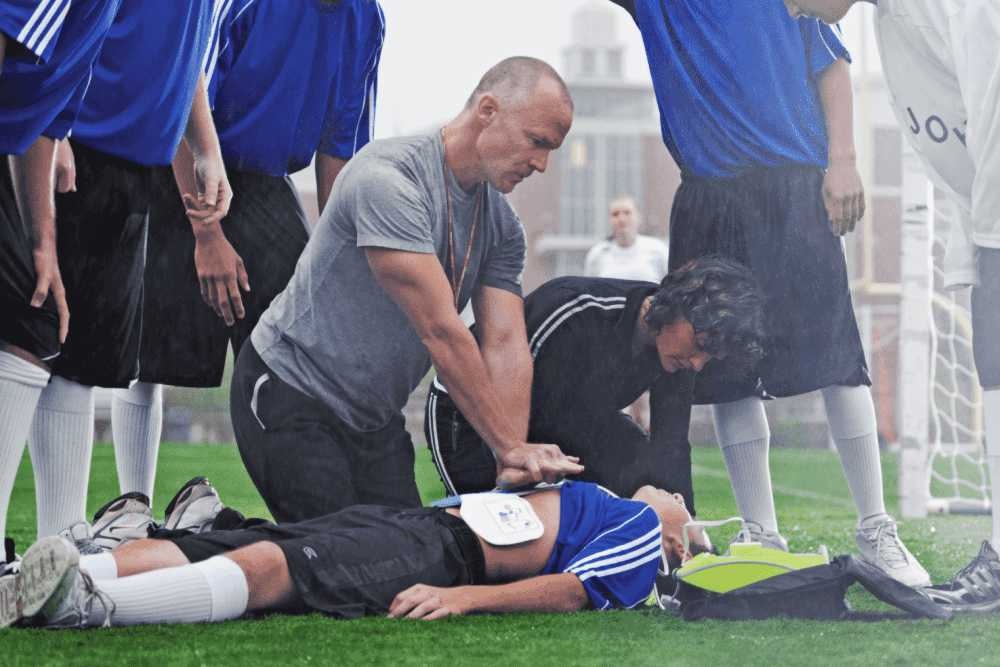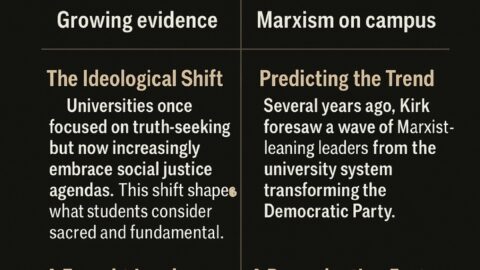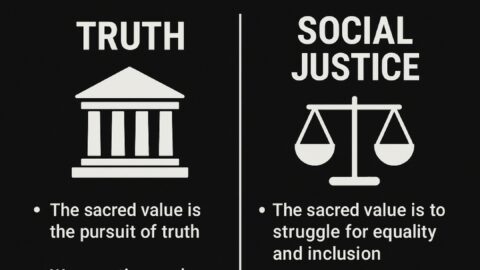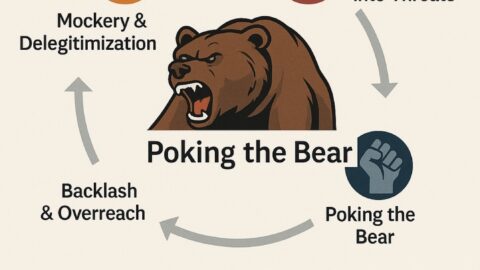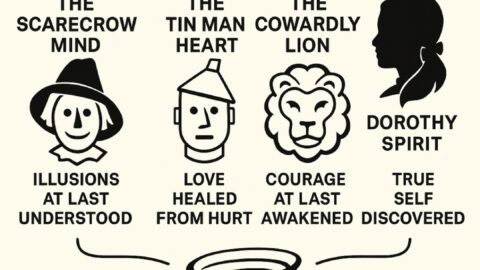“This might be the most important lesson you ever learn. Just take a look at this old National Geographic video. You can see this polar bear being chased by helicopter, and the bear is running for its life and the stress response in its body keep the bear the energy needs to stay safe and survive. But when the chase is over, just take a look at what happens. A bear starts shaking. It might even look like a seizure, but it’s not. It’s just releasing all that built up stress and energy so it doesn’t stay trapped in its body. And every animal does this. For example, if a bird slams into a window, the bird will experience trauma, but then you just see the bird shake it off and go fly like nothing ever happened. The bird doesn’t spend days, weeks or years thinking about how stupid it was to fly into the window. It doesn’t start hating all the windows in the world. That’s what humans will do. We don’t shake it off. We overthink it, instead of processing stress, we suppress it. Instead of releasing it, we store it. And that’s how trauma happens, not just from what you experience, but from the energy that never gets discharged. And you might even forget that bit events, but your nervous system will not and you will end up living, stressed, sad, addicted, overly angry, overly sexual, overly hungry, just to cope, your body will eventually even get sick. In other words, you will have not released the physiological effects of that event, and you will be, in a sense, frozen in time, frozen in your development as a human being, and until you learn how to discharge it, you’ll be trapped in a body that still thinks it’s in danger, even when the threat is long gone.”
This passage conveys a powerful and enlightening message about how trauma works in the human body and why learning to release stress might be one of the most important lessons we can ever learn for both emotional and physical well-being.
Here’s a detailed summary and breakdown of its key ideas:
Natural Stress Responses in Animals vs. Humans
Example of the polar bear:
- The video illustrates a polar bear being chased by a helicopter—a high-stress, life-threatening event.
- The bear’s stress response (fight-or-flight) kicks in, giving it the energy needed to survive the situation.
- After the threat is gone, the bear begins to violently shake, which might look alarming but is actually a natural, instinctive way to discharge the leftover stress and adrenaline.
- This shaking allows the bear’s nervous system to reset, preventing long-term trauma.
Other animals do the same:
- A bird that flies into a window may go through a brief trauma but soon shakes it off and continues on.
- Animals don’t dwell on the event. They experience the fear or trauma, release it, and move on.
Human Response: Suppression Instead of Processing
Unlike animals, humans do not instinctively release stress and trauma. Instead, we:
- Overthink and ruminate, revisiting the event again and again.
- Feel shame, guilt, or self-hatred, especially in mistakes or accidents.
- Develop long-term emotional reactions, such as fear of similar events or anger at oneself or others.
- Suppress emotional energy instead of letting it pass through.
This inability to release emotional and physical energy keeps us frozen in the stress response, even when the danger has passed.
The Result: Stored Trauma
The message highlights that trauma doesn’t just come from the event itself, but from what is left unprocessed:
- The physiological energy from fear, stress, or pain gets trapped in the body.
- The nervous system remembers the event, even if our conscious mind forgets it.
- This unprocessed energy can manifest in many chronic emotional or physical symptoms, such as:
- Anxiety
- Depression
- Anger issues
- Addictions
- Overeating
- Compulsive behaviors
- Even physical illness or immune dysfunction
We begin to live as if we are still in danger, even when we are safe.
The Danger of Being Frozen in Time
The unreleased trauma freezes development:
- Emotionally, spiritually, and psychologically, we become stuck in the moment of trauma.
- We may unconsciously structure our behavior around avoiding future pain or fear.
- This frozen state can prevent us from growing into our full potential.
The Solution: Learning to Discharge
The passage suggests that true healing begins when we learn to:
- Recognize the stored stress
- Release it consciously (through movement, breathwork, therapy, shaking, or somatic practices)
- Let go of the mental narratives keeping us trapped in the event
- Develop resilience by restoring the nervous system to a state of safety and calm
Conclusion: A Call to Awareness and Healing
The final message is that many of us live in chronic stress or trauma without realizing it, not because of what happened to us, but because we never learned how to let it go. Like animals, we need natural ways to process stress and restore peace. By doing so, we reclaim our health, our clarity, and our ability to live fully in the present.



